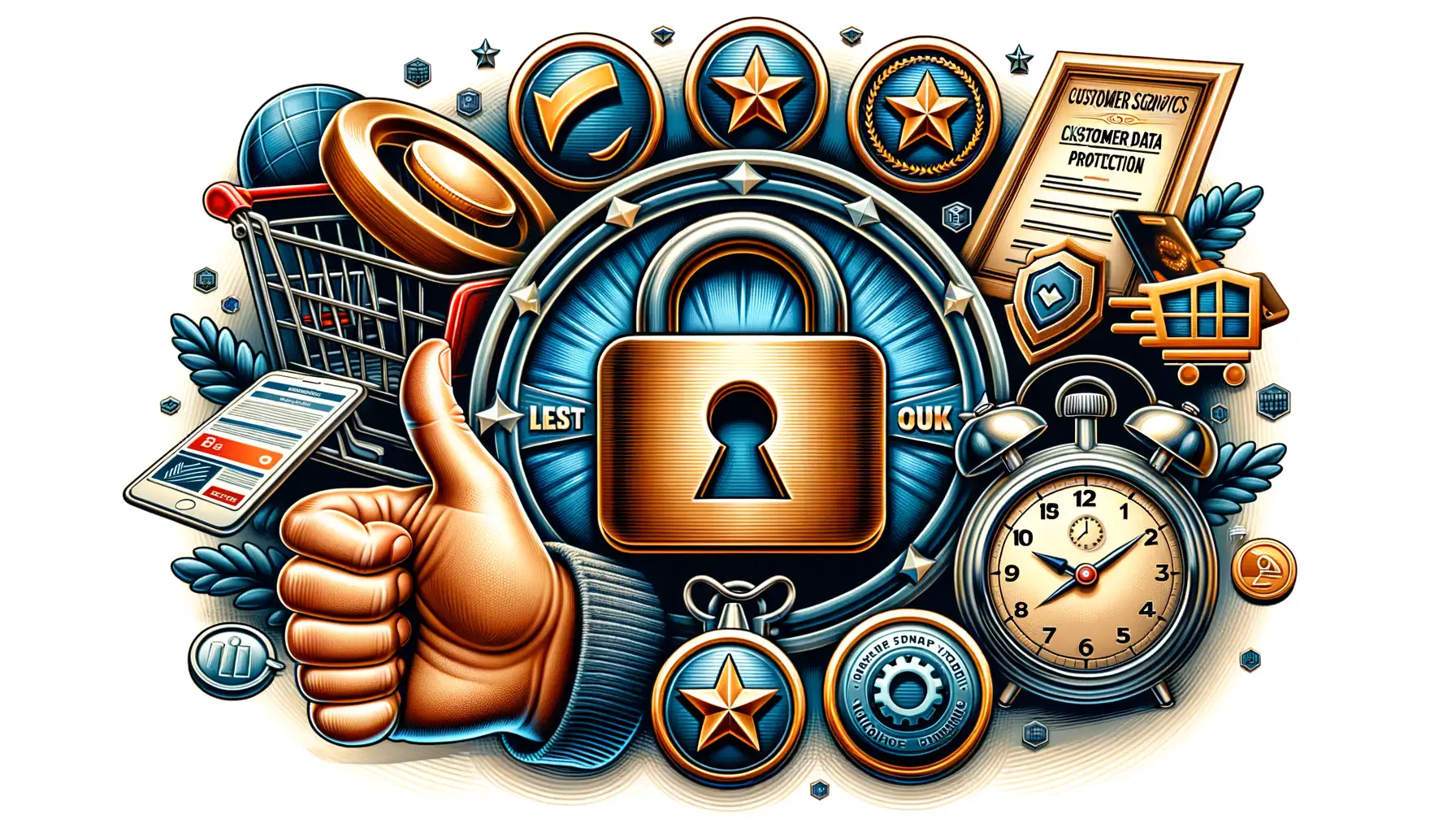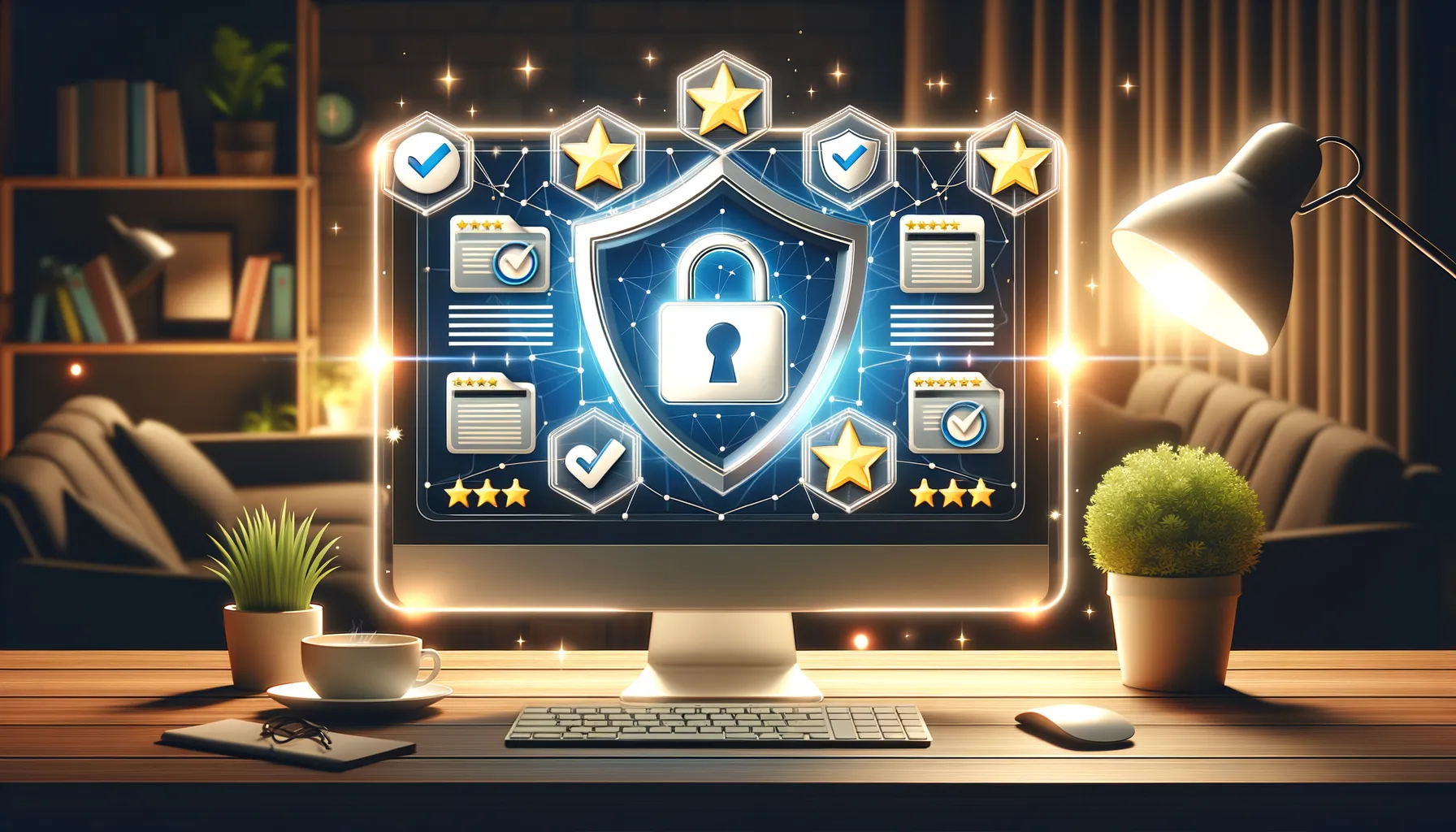Understanding Trust Signals and Their Role in E-commerce
Why Trust Signals Are the Silent Heroes of E-commerce
Imagine walking into a brick-and-mortar store where the lights are flickering, the shelves look rickety, and no one’s around to help you. Would you buy something? Probably not. That’s exactly how your e-commerce site might feel to customers if it lacks clear, reliable trust signals. These subtle indicators are what give shoppers the confidence to click “Add to Cart” instead of bouncing off to a competitor.
In the world of online shopping, trust is everything. Unlike physical stores, customers can’t touch the product or gauge the seller’s sincerity face-to-face. Instead, they rely on digital cues like security badges, reviews, and even shipping details to determine if you’re worth their time—and money. Think of trust signals as the modern equivalent of an enthusiastic recommendation from a friend. Without them, your site feels like a gamble.
- Shipping transparency reassures buyers that their items won’t vanish into a black hole.
- Third-party endorsements, like a trusted payment gateway, say “Hey, this place is legit!”
- Testimonials? They’re the happy-cheerleaders of e-commerce, shouting out your brilliance.
Every trust signal whispers (or shouts!), “You’re in safe hands.”
Types of Trust Signals Crucial for E-commerce Success

Social Proof: The Backbone of Buyer Confidence
Imagine walking into a busy café where everyone is raving about their lattes. Wouldn’t you feel tempted to try one? That’s the digital equivalent of social proof. For e-commerce, this comes in many forms:
- Customer reviews and star ratings: Seeing others vouch for your product eases hesitation. Think “4.8 stars with 200+ glowing ratings” — irresistible, right?
- User-generated content: Photos of real customers rocking your sneakers or flaunting your jewelry are priceless. It’s like tapping into a friend’s honest recommendation, but at scale.
- Testimonials: A heartfelt note about how your product solved someone’s problem can hit harder than any flashy ad campaign.
Pro tip: The more authentic this social proof feels, the better. No one trusts overly polished or vague reviews anymore!
Security Cues: Your Digital Safety Net
Have you ever hesitated to enter your credit card details on a sketchy-looking site? You’re not alone. That’s where security trust signals save the day. Seals from recognizable names like Norton, McAfee, or “Secured by SSL” badges work wonders. They’re like having a bouncer at the entrance of your e-store saying, “Relax, we’ve got your back.”
Even tiny details matter. A simple green padlock in the browser bar screams legitimacy. Payment icons like Visa, PayPal, and Apple Pay? They tell your visitors, “Your money is safe here.” Skipping these signals isn’t an option—it’s basic hygiene for building trust.
How Trust Signals Impact Customer Decision-Making

The Invisible Nudges That Push Customers to Click “Buy”
Picture this: a shopper lands on your e-commerce site. They’re intrigued, maybe even excited. But then doubt creeps in—”Can I trust this store? Is my money safe here?” That’s where trust signals swoop in like a safety net. From the moment customers see a glowing customer review or a secure payment badge, they’re subconsciously evaluating whether you’re worth their hard-earned cash.
Think about it—would you hand over your wallet to a stranger without a reassuring smile? Probably not. In e-commerce, that “smile” comes in different forms:
- Star ratings that scream social proof.
- Security seals like SSL certificates that whisper, “You’re safe with us.”
- Return policies that promise, “We’ve got your back.”
Each of these acts as a subtle nudge, a quiet voice that reassures them, “Yes, this feels right.” Without them? Customers might flee to a competitor faster than you can say “abandoned cart.”
Trust is the Shortcut to Confidence
Trust signals do more than just soothe minds—they accelerate decisions. Imagine walking into a cozy bakery filled with awards on the wall and customers raving about their cinnamon rolls. You wouldn’t hesitate to buy one, would you? E-commerce works the same way. A well-placed testimonial or a badge showcasing partnerships with credible brands tells your customers loud and clear: “We’re the real deal.”
In many cases, these little cues are what tip the scales between hesitation and purchase. Why? Because humans crave reassurance. When trust is evident, decision-making becomes effortless. No second-guessing. No doubt. Just a confident click on the “Add to Cart” button.
Implementing Trust Signals on Your E-commerce Platform

Making Your Store Feel Human and Reliable
Trust isn’t something you can just sprinkle on your site and call it a day—it’s built through intentional details that say, “Hey, we’ve got your back.” Imagine walking into a brick-and-mortar store: friendly faces, clean aisles, and maybe even free samples make you feel comfortable. That’s the vibe your e-commerce platform needs to channel online.
Start by featuring clear, visible trust signals where it matters most—your product pages, checkout flow, and contact sections. For instance, display security badges like SSL certifications or clear refund policies prominently near payment options. You wouldn’t buy from a shady stall at a market, would you? The same applies to online shoppers.
- Customer reviews and ratings: Show them right under products! Honest feedback from real people works wonders.
- Social proof: Highlight how many happy customers you’ve served or showcase brands working with you.
- Trust icons: Payment logos, delivery partner badges, or certifications scream credibility.
Infusing Confidence at Every Step
Trust signals should never feel hidden or forced. Instead, create moments that whisper, “Relax—you’re in safe hands.” Add recognizable logos like Visa or PayPal during checkout, and ensure your FAQ addresses every buyer’s nagging doubt. A delightful example? An “As Seen In” section that flaunts press features—you are the rockstar of the internet stage!
And don’t forget visible, friendly support. From chatbot pop-ups offering help to accessible phone numbers, these elements reassure customers that real humans are behind the screens. Because, honestly, who doesn’t love knowing someone’s there to help untangle potential hiccups?
Measuring the Effectiveness of Trust Signals in Strengthening Your Brand

Tracking the Ripple Effect of Trust Signals
Imagine dropping a stone into a calm lake—those ripples spreading outward? That’s what trust signals do for your brand reputation. But how can you measure just how far those ripples go? It’s more than just staring at a sales graph; it’s about diving deeper.
Start by keeping an eye on your customer conversion rates. Did adding that “Verified Payment” badge pump life into your checkout process? Look for before-and-after spikes in purchase completions. Then there’s the not-so-hidden treasure of reviews. Watch trends: Are customers leaving longer, more positive reviews since you showcased trust-rich features like real-time chat or accessible refund policies?
Here’s another trick up the sleeve—track metrics like bounce rate and time spent on-site. A trustworthy store is like a cozy café; visitors want to linger, explore, and eventually buy.
- Monitor return visits—are shoppers coming back?
- Survey clients directly. Ask: “What made you feel confident buying?”
- Keep checking abandoned cart rates—has trust reduced hesitation?
You’ll know your brand is resonating when trust transforms from a signal into the symphony of loyalty. And believe me, that’s a melody worth measuring.
